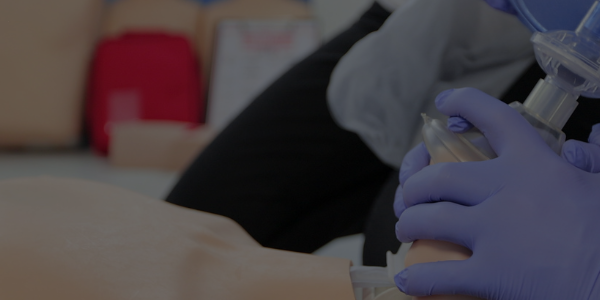Abdominal pain (stomach ache) ranges from a mild to severe pain.
There are many organs in the stomach cavity and any disorder in these organs may cause stomach pain. Abdominal pain can be diffuse, or localised at one point.
What is Abdominal Pain in Children?
Equally imporant, It is a frequent reason for parents to seek medical attention. Compr0mises .7% of all emergency department visits, 1-2% of all office visits to paediatricians and 4-24% of all hospital admissions.
Abdominal pain can be defined as pain or discomfort that occurs anywhere between the chest and groyne areas.
Furthermore, it is caused by a number of issues such as infections, abnormal growths, inflammation, obstruction (blockage), intestinal disorders or diseases, cancer, diseases of other internal organs, or psychological disorders.
Lastly, It is a common problem among infants and children. Most cases of abdominal pain in children and infants are benign, self-limited conditions caused by gastroenteritis or acute abdominal pathology with peritoneal inflammation.
However, it is difficult to distinguish whether a child’s abdominal pain is caused by a more serious condition.
It is important to learn how to tell the difference between normal and abnormal abdominal pain in children in order to prevent potential complications.
The causes of abdominal pain in children can be divided into non-serious and serious categories.
In addtion, Non-serious causes usually arise because the child has a sensitive gut (gastroenteritis), an inflammatory disease (inflammatory bowel disease) or involvement of the reproductive organs (appendicitis).
Lastly, The most common non-serious cause is gastroenteritis, which affects more than one million children each year and is the leading cause of morbidity in children under three years old.
Serious causes are usually due to problems with the kidneys, liver or other organs. They include appendicitis and intussusception, a telescoping of the intestine that can cause obstruction.
Other serious causes include kidney stones, urinary tract infection and hepatitis.
Causes of abdominal pain in children Common causes of abdominal pain include:
- indigestion – first, this can cause stomach ache, bloating and nausea. It’s often caused by eating too much or too quickly, eating fatty or spicy foods, or drinking fizzy drinks.
- constipation – And then constipation can cause painful cramps and make your child feel bloated. They may also have difficulty pooping and their poop may be hard and lumpy.
- a stomach bug – Next, this is a viral infection that causes vomiting, stomach cramps and diarrhea. Find out more about vomiting and diarrhea in children.
- irritable bowel syndrome (IBS) – IBS is a digestive condition that causes stomach cramps, bloating, diarrhea and/or constipation. It’s more common in teenagers but can affect younger children too.
- Appendicitis
- Bladder infections
- Kidney stones or an infection in the kidneys (pyelonephritis) or bladder (cystitis)
- Food poisoning
- lastly, Food allergies
- whats more?
A thorough history and physical examination are essential for the correct diagnosis.
The onset of abdominal pain may be acute or chronic and is often intermittent.
Causes of abdominal pain include gastrointestinal, biliary, renal, gynecologic, musculoskeletal, infectious, and neurologic causes.
First, The diagnosis can be confirmed by laboratory studies of blood, urine, or stool as indicated.
And then Imaging studies (ultrasonography, computed tomography [CT], magnetic resonance imaging [MRI]) are performed if abnormalities are detected on physical examination or if the diagnosis remains unclear based on history and laboratory evaluation.
If you’re worried about your child’s symptoms or they keep coming back, see your GP for advice.
Please note that regular First Aid and CPR Training is the best way to make sure that you’re prepare in the case of an emergency. Book a course with us!
Find this article useful? Read more of our blogs here!





